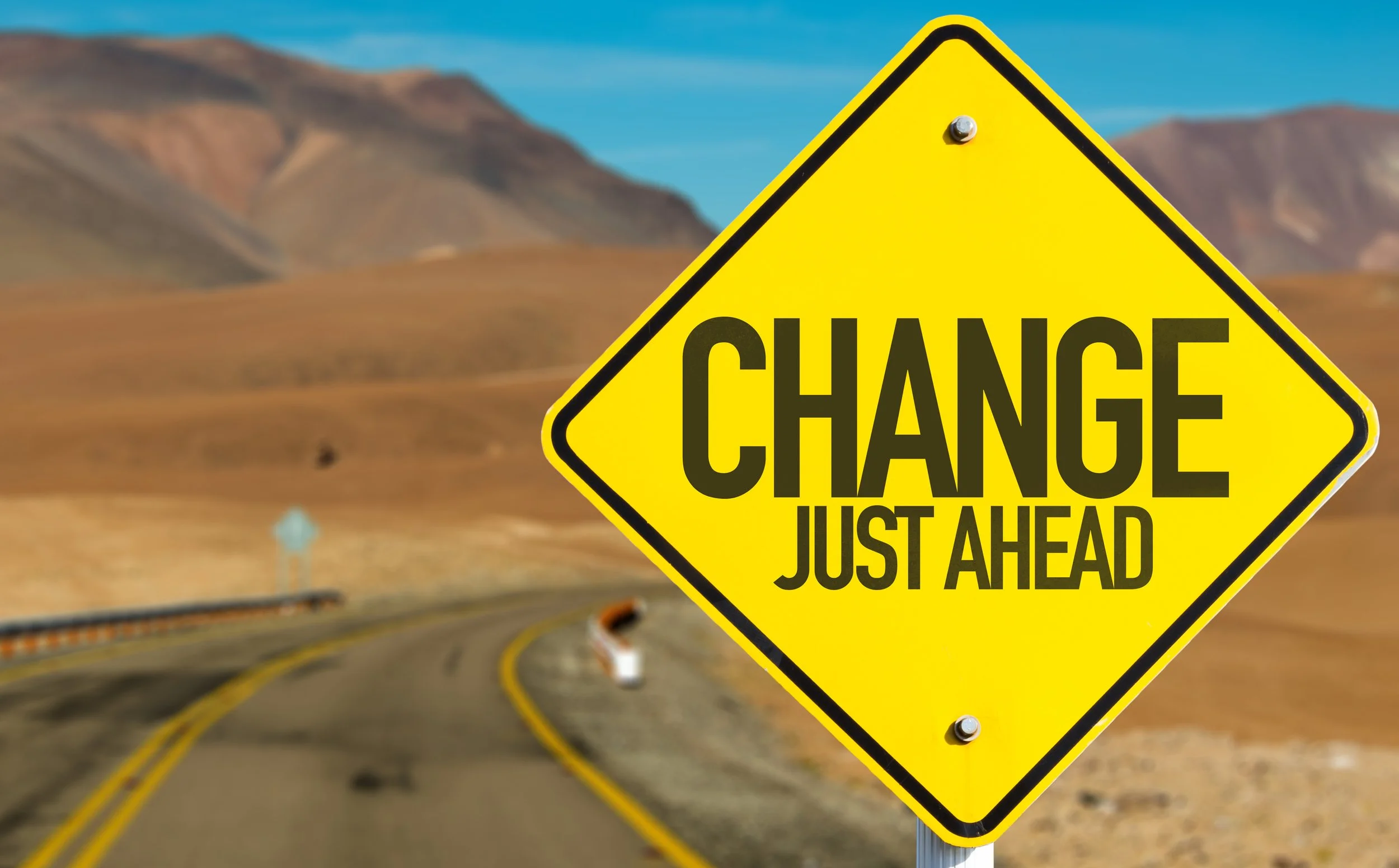Change, The Only Constant in Life
Image Source: Thrive Global
Discovering that our beliefs might not be true can be a shocking experience that shakes the very foundation of our convictions. This can teach us something about how to be more open and accepting. It is not about seeking or striving to be wrong more often; rather, it is about recognizing the universal truth that none of us are flawless. In denying this reality, we only bury ourselves deeper in a pit of ignorance. Hence, by gracefully acknowledging our imperfections, we open the door to greater wisdom and understanding, inviting more learning experiences.
When a core belief is questioned, our natural inclination often leans towards closure rather than curiosity. It is like living in a place where a dictator controls the flow of information into our minds.
In psychological terms, this phenomenon is dubbed the totalitarian ego. Its job? Very simply put: Shielding us from uncomfortable truths!
So, the question that culminates is: Why is transformation so exhausting, and how do we fix it?
Transformation is unique in two critical ways:
First, the future is unknown at the start of the change process and can only be created by forging ahead with the intent to discover it. Given the lack of clarity regarding the eventual state, a definitive, time-bound process for achieving it becomes almost impossible.
Second, the future state is so radically different than the current state that a shift of mindset is required to invent it, let alone implement and sustain it. Both leaders and employees need to shift their mindsets, behaviors, and collaborative methods. This transformation requires a corresponding change in cultural norms to support these new ways of operating.
While changing actions is important, the most crucial aspect is changing how people think.
It is important to acknowledge that change is hard. Almost 70% of changes fail. Knowing this fact is enough to create a resistance barrier. Besides, people resist change, especially when it is imposed on them. Therefore, we can agree that change is often related to our thinking. The change process goes through a series of phases that, in total, require a considerable length of time. Skipping steps creates only the illusion of speed and never produces a satisfying result. Hence, what are these steps?
1- Vision: Inspire through purpose
- Correctly position the effort within all of the organization’s priorities
- Remove obstacles to change: It may be the organizational structure, narrow job category, compensation plans, hierarchy, etc. Or it may be bosses/employees who refuse to change
- Instill a culture of continuous learning. Create a fail-safe environment
- Provide a clear roadmap with milestones
- Inclusive leadership: Give people credit for what they do in public
2- Communication
- Clarify comprehensive change infrastructures and leadership roles
- Set up appropriate participation by all stakeholders in the emergent design of the future state and its implementation
- Turn boring and unread company newsletters into lively articles & videos about the vision
- Walk the talk! Become a living symbol of the new corporate culture. Inconsistencies between the behavior of key figures and their words can significantly undermine the success of organizational changes.
3- Celebrate Short-Term Wins
- Do not create premature victories, celebrate smaller wins
- Translate messages through bulletin boards. Instead of listing 100 targets, stick to just 4 or 5 short-term ones. One step at a time! The more visible the victories are, the more they help the change process
- Choose what to target first: Clarify the criteria for a ‘good’ short-term win and select the projects that empower that criteria
- Do not stretch the truth! A 20% success rate becomes 80% with stretching. False alarms jeopardize credibility
4- Coaching for Development
- Address the patterns of behavior and ways of work that you would like to change
- Shift the focus from the issue to the person dealing with the issue, the person who’s managing the fire
- Ask questions like: “How are you getting in your own way and not showing up the best way possible?”
- Grant people the autonomy to choose for themselves. It defeats small talk, rigid agendas, and the default diagnosis
- Protect ideas from scrutiny. Set the boundaries within which creativity and change take place
Organizations approach change as something to avoid or improve. This knowledge becomes embedded in the organizational culture and accepts avoidance as self-evident. However, organizational culture is a defining antecedent to any organizational change. Therefore, supporting avoidance beliefs inhibits the organization’s ability to change and sustain itself.
Instead, by focusing on building a resilient organizational culture, the approach to design assumes that change is normal and that disrupting the status quo is essential. A resilient mindset pushes leaders to question their knowledge and their frame of reference and frees them from paradigms that limit creativity. Seeing people as open and willing to learn provides a belief system that amplifies the organization’s adaptive and absorptive capacity.
An organization’s capacity for resilience is underpinned by the collective resilience of its members. Resilient organizations are nevertheless able to manipulate this collective capacity for resilience to make the whole worth more than the sum of the parts.
Behavioral preparedness is an invaluable source of resilience. It means taking action and investing in skills, knowledge, and behavior that get the organization ready for low-probability but high-impact disruptive events.
Remember, believing in your ability to enact change is crucial. Even if you can envision a better future, doubt can stall progress. Your mindset is powerful — it can either empower or disempower you. And finally, never overlook the influence of others. People can inspire, instill faith, and drive meaningful change through their actions and support.

